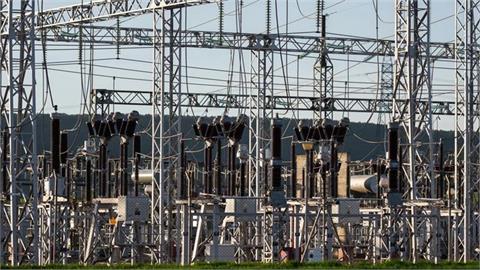This year has been a benchmark for renewables generation, with the latest edition of the U.S. Energy Information Administration’s Electric Power Monthly report showing clean power facilities produced more electricity through May 31 than coal and nuclear.
A breakout year for renewables was highlighted by the figures for May, when clean energy resources reached an all-time high share of the country’s electricity generation, at 25.3%. That figure, as with much of the renewables generation this year, was driven by hydroelectric, which accounted for almost 17% of the electricity generated that month.
However, while hydro has had a consistent hold on the top spot for renewables generation, that grip is loosening by the month. The amount of solar energy generated from January to May, compared to the same period of last year and including distributed solar, is up roughly 21%, with PV now accounting for 3.3% of the nation’s total power generation.
Renewables on the rise
As fast as solar has expanded, wind is keeping pace, with the two resources expanding faster than all other energy sources. Solar and wind together provided 12.6% of U.S. electrical generation during the first five months of the year. That mark is about 14% higher than in the same period of last year.
While no generation source can properly be thought to have benefited from the Covid-19 pandemic, solar has weathered the storm better than coal, which generated 35% less electricity in May than in the same month last year, and nuclear, which saw its production volume fall 4% on the same comparison. Nuclear and coal each accounted for around 21% of total US generation in May.
With wind power generating 8.5% more electricity in May than in the same month of last year, and geothermal gaining 5.5%, the big winner – by the year-on-year May comparison – was solar, which produced 30% more power during the month this year than it did 12 months earlier.
In absolute generation terms, natural gas continued to rule the roost in May this year, with the 116 TWh generated exactly the same figure as in the same month of 2019. Nuclear generated 64.3 TWh, down from 67.1 TWh a year earlier; coal produced 46.5 TWh, down from 71.9 TWh; and solar PV came in at an estimated 13.5 TWh, up from 10.4 TWh.



